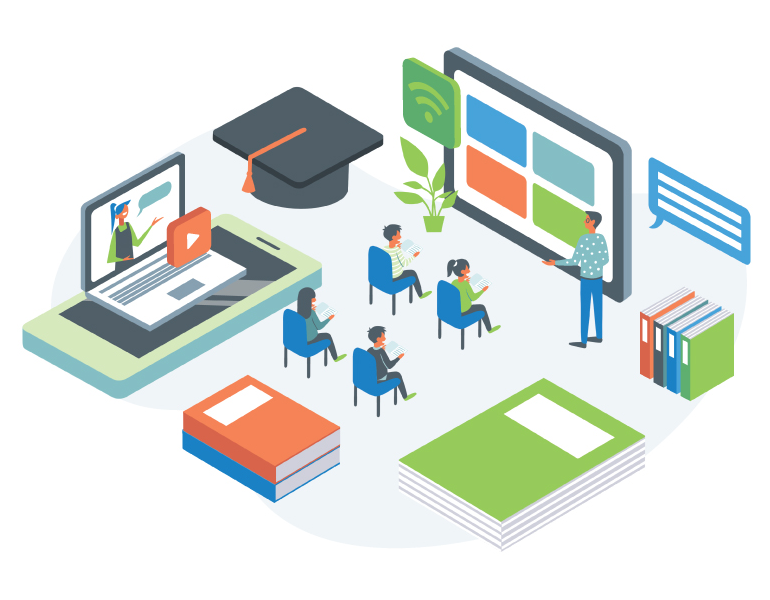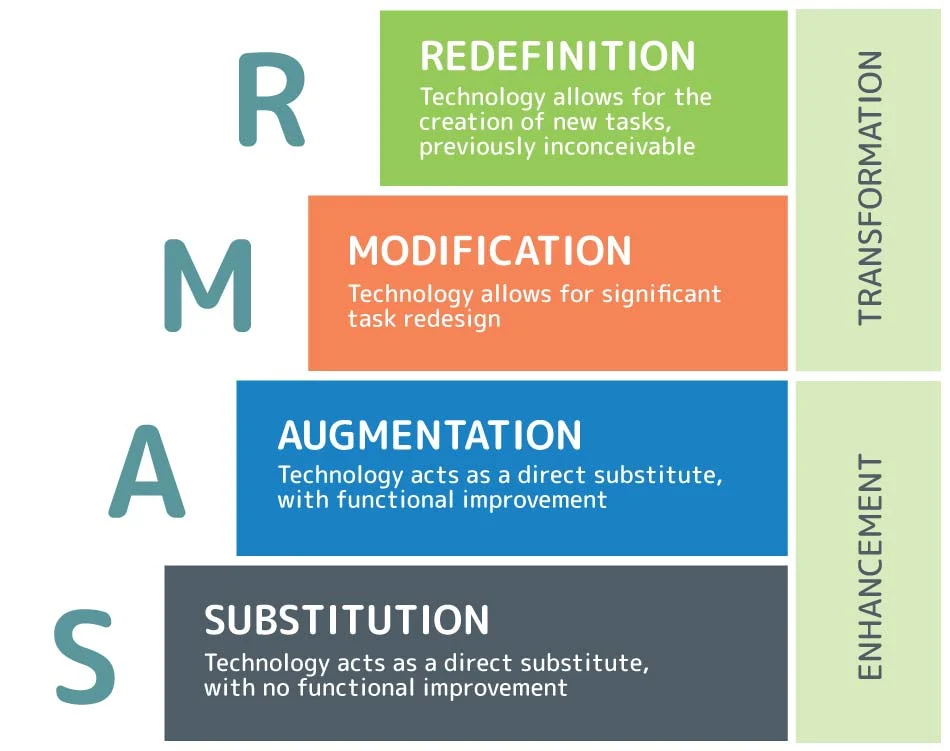Undeniably, the integration of technology in the classroom has transformed the educational landscape. Education in 2023 exists in a world driven by a digital presence and readily accessible information, yet one in which student apathy is at an all time high. The widespread use of social media has created a society of instant gratification driven by likes, retweets, and immediacy. Students are transfixed on devices and have access to a plethora of distractions. Teachers often comment that these competing forces cause them to perform a near vaudevillian act to keep the attention of students. However, an oft debated topic centres on how beneficial technology actually is in the classroom.

Commendations are in order for last weeks debaters. Will and Mike created a compelling argument that technology in the classroom is essential and an integral component to learning. Alternatively, Janeen and Catrina countered by arguing that technology itself is not inherently beneficial; rather, how a teacher integrates it into the learning dictates its usefulness. Admittedly, I was torn on this debate. As a digital citizen, I consider myself fairly tech savvy and rely heavily on technology in the classroom. However, as a teacher, I see how distracting it has become and the pitfalls that exist in a society so deeply entrenched in technology. I don’t want to be a proverbial fence sitter, but I do believe this is a deeply nuanced debate that does not have a clear answer. Ultimately, the extent to which technology is useful is not the essence of the question. Instead, I would like to draw upon the idea presented by Janeen and Catrina to consider the context in which technology is used and how educators play a vital role in preparing students to be savvy and responsible digital learners.
In his TedTalk, Scott Widman approaches the issue of technology in the classroom in a pragmatic way. As he discusses, he is both wowed by technology (when students are inquisitive and using it as directed), and disappointed (when students are off task and unengaged). However, his argument is simple, in that it is the responsibility of educators to guide and direct students to achieve a level of competency so that they are comfortable engaging with various platforms in meaningful and respectful ways.
The abundant availability of and access to information has redefined the role of teachers and learners. Whereas 10 to 15 years ago teachers were still regarded as knowledge keepers, today they are facilitators of learning equipping students with 21st century competencies by relying on inquiry-based and methodological approaches to enhance engagement. Learning management systems (LMS) such as Google Classroom are now a vital tool in classroom design as they maintain learning continuity as demonstrated during the Covid-19 pandemic. Social media platforms like Twitter, Instagram, and YouTube are seemingly more common that traditional textbooks and their capacity is constantly being explored.
Nonetheless, a growing concern amongst ed tech adopters is how beneficial technology in the classroom actually is. Technology does not redefine learning nor does it fix preexisting learning behaviours. Technology, like anything, is a tool, and only as useful as those with the knowledge of how to make it work to their advantage. Natalie Wexler’s Forbes article, “Why Technology Hasn’t Boosted Learning—And How It Could” suggests that, “Ed tech is just replicating existing ineffectual approaches to teaching, and sometimes making them worse.” The transactional approach to teaching is not sustainable by today’s standards. Students DO want to learn but the methods of teaching do not adequately meet their needs. We hear from students who express that they want to learn in relevant ways that allow them to draw upon their experiences as a student and to build critical thinking competencies. This does not suggest that integrating technology will fix the apathy problem.

The SAMR model considers how technology is integrated into learning and a generally agreed upon idea is that technology for technology’s sake is ineffective because it transposes the pre-existing problems without addressing new solutions. Many teachers are not equipped to offer technology through the lens of modification or replication. Perhaps one of the greatest downfalls of technology in the classroom is that teachers lack the knowledge, either by inclination or ability, to provide students purposeful opportunities to engage with technology. For two decades, teachers have heard how important it is that they include technology in the classroom and that students will benefit from its use. However, if teachers do not have the knowledgebase how can we expect students to use technology effectively?

Hi Jeff. You concluded your post with a compelling question and one that needs be asked and answered. Teachers need to have the knowledge base to teach students how to use technology effectively. It is now part of the job. It is in the curriculum, just as subjects like English, Math and Science are in the curriculum. The key, as you wrote in your post, is that the technology is a tool and it must be used correctly. I would extend your point by saying that students need to be taught how technology can be used to help them and see how it can make their life better. Yes, students need to be taught how to stay safe on the Internet and not use technology to harm (ie. cyberbullying) That is only part of what students need to practice. For better or worse, technology is here to stay and using it responsibly is part of what it now means to be a “good citizen”. This has always been a part of what it means to be a teacher.